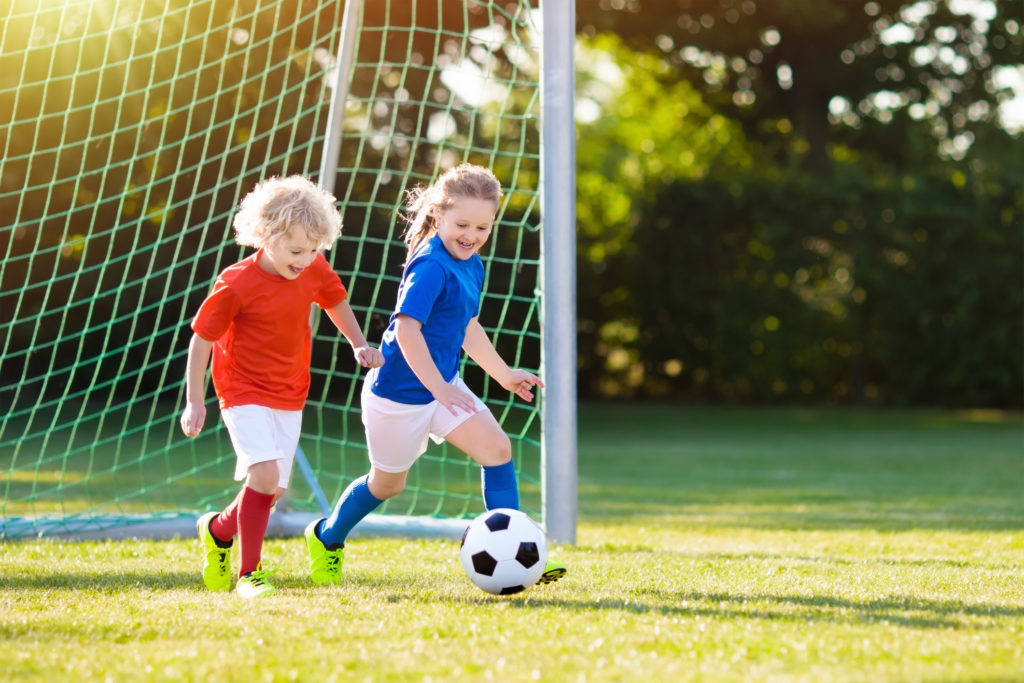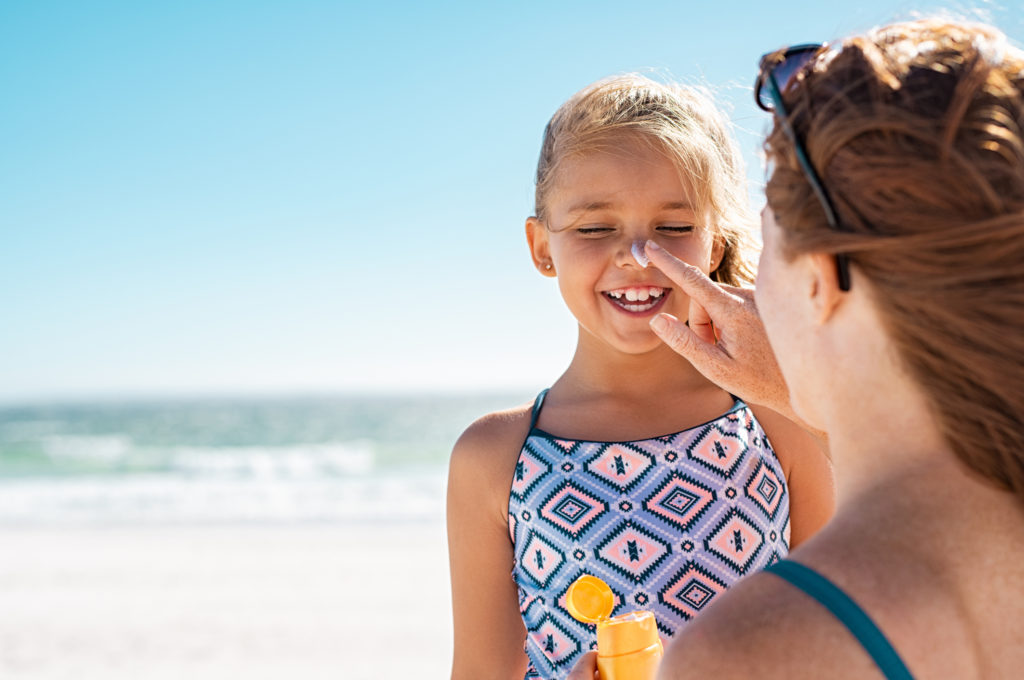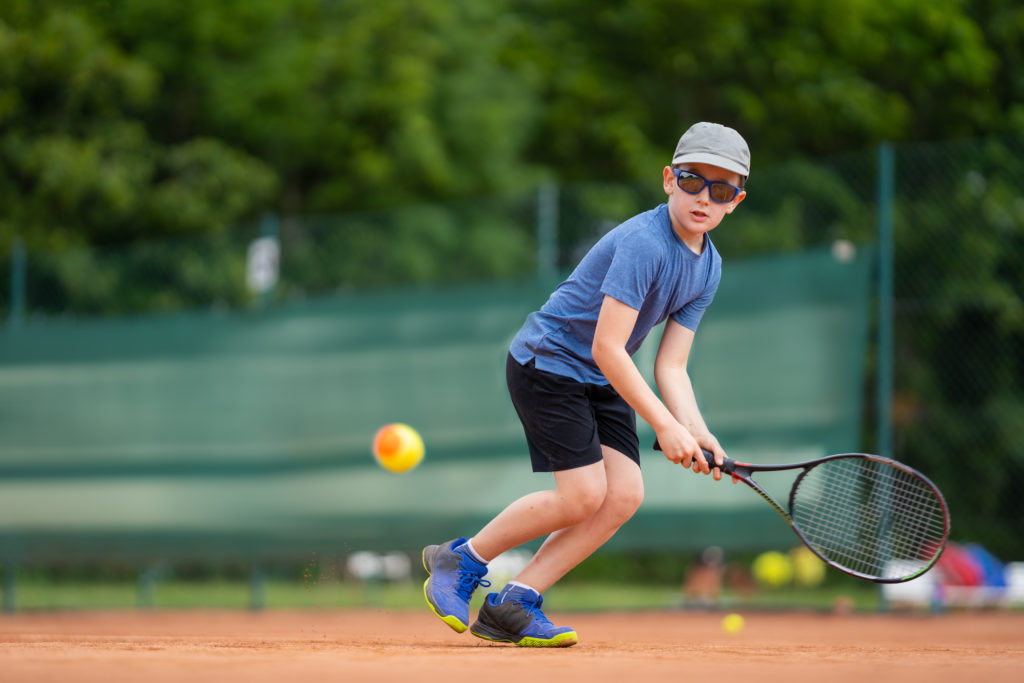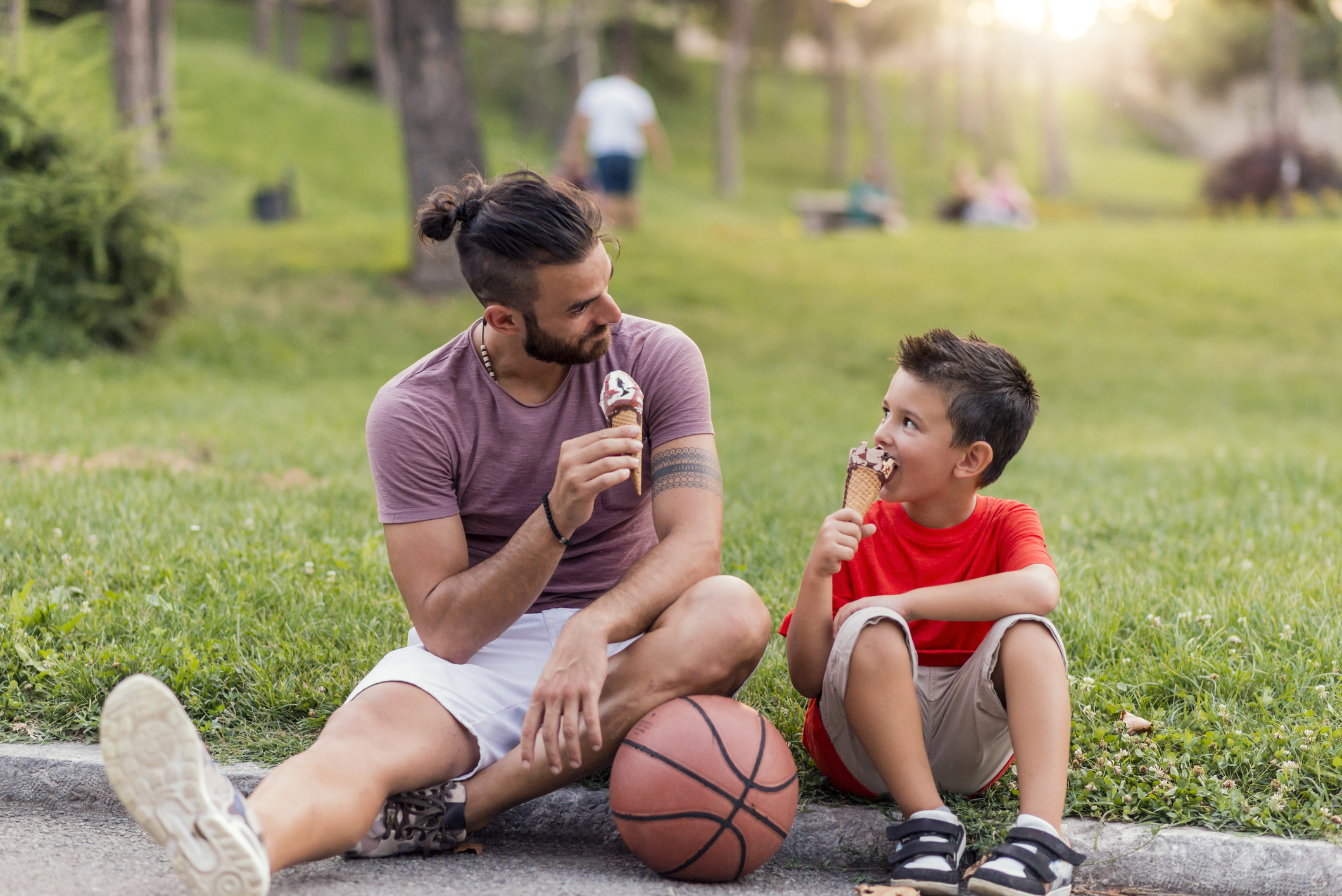As heatwaves become more common around the world, they’re posing a serious risk to our collective health, and this summer looks like it’s going to be yet another record-breaker.
Rising temperatures and exposure to UV rays can be harmful to all of us, but they’re especially dangerous for youth participating in summer sports.
It’s important for kids to stay active even when on summer break and the exercise that sports provide is a good way to keep them healthy, but you’ll need to take certain precautions to keep them safe.
Here are some essential tips to help your child enjoy their summer activities without experiencing health problems because of the excessive heat.

Exertional Heat Stroke:
“Exertional heat stroke is the number one cause of death in sport during the summertime. But it is also entirely preventable when athletes, coaches and athletic trainers are prepared.”
How to Beat Heat Stroke:
- Pre-season heat acclimatization
- For 7-10 days, athletes should be allowed time to acclimate to the increased temperatures prior to full exertion.
- Recognize the signs of heat stroke
- The two primary indications of exertional heat stroke are:
- “profound central nervous system dysfunction” such as nausea, dizziness, and weakness.
- a core body temperature over 105° F.
- The two primary indications of exertional heat stroke are:
- Treatment of heat stroke
- Lower the core body temperature to below 102.5° through cold water immersion.
- Someone suffering from heat stroke should be treated with cold water immersion for the length of time necessary to reduce their core temperature BEFORE they are transported to a hospital.

Sunburn, Sunscreen and Skin Cancer:
“According to the Skin Cancer Foundation, melanoma accounts for up to 3% of all pediatric cancers. And while 90% of pediatric melanoma cases occur in patients between the ages of 10 and 19, diagnosis and treatment are delayed in up to 40% of pediatric melanoma cases. This steady growth indicates a need for improved prevention. A recent study published in the Cancer Epidemiology, Biomarkers & Prevention journal showed that people who experienced five or more blistering sunburns between ages 15 and 20 had an 80 percent higher melanoma risk. Sunburns, caused by UVB rays which damage the skin’s cellular DNA, greatly increase the risk of melanoma.”
How to Protect Skin Against Sun Damage:
- The simplest and most effective way to reduce your chances of developing melanoma or other skin cancers is to protect your skin from the sun. When shopping for sunscreen, look for a water resistant, broad (UVA/UVB) product with an SPF of 30 or higher.
- Try to schedule outdoor play outside 10am—4pm, since that’s when the sun’s rays are strongest. If that’s not possible, find an area that is well-shaded.
- Make sure athletes are wearing UV-protective clothing (with a UPF of 30 or higher), and other protective gear such as hats and sunglasses.

Eye Protection in the Sun:
“The ultraviolet radiation from the sun can cause an assortment of eye damage, beyond wrinkling and aging. The Skin Cancer Foundation’s website states that skin cancers of the eyelid “account for 5 to 10 percent of all skin cancers.” Additionally, long-term exposure to the sun can cause:
- Cataracts
- Macular Degeneration
- Benign Growths, such as Pterygia and Pingeuculae
- Keratitis (or “Snow Blindness”)”
How to Protect Eyes from the Sun:
- Sunglasses – They should be durable and guard against both UVA and UVB radiation. Bonus points for glasses which are polarized (this eliminates glare) and also protect against HEV light.
- Hats – Wide-brimmed hats protect our eyes and the skin on our face.
- Even with contact lenses that offer UV protection, sunglasses are still recommended.
- Clouds do not sufficiently shield the sun from our eyes, and all preventive measures should be taken on clear and cloudy days alike.
- Since snow and water surfaces reflect UV rays back into our eyes, we experience double exposure. When doing winter or water sports, take extra precaution and use sufficient protective gear.
This information will help your young athlete have a fun, active, and above all else, safe summer. However, if at any point they start showing signs of heat sickness, make sure they immediately stop playing, cool them down, and have them checked out by a medical professional.
For more information on how to protect your kids during peak heat season, consult the National Athletic Trainers’ Association’s (NATA) “Parents’ and Coaches’ Guide to Dehydration and Other Heat Related Illnesses in Children.”


